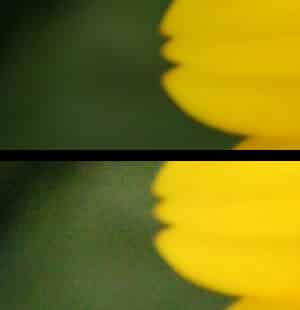What is ISO?
In traditional (film) photography ISO (or ASA) was the indication of how sensitive a film was to light. It was measured in numbers, the lower the number the lower the sensitivity of the film and the finer the grain in the shots you’re taking.
However, In Digital Photography ISO measures the sensitivity of the image sensor. The same principles apply as in film photography, the lower the number the less sensitive your camera is to light and the finer the grain.
The higher ISO settings are used in darker situations to get faster shutter speeds. For example, an indoor sport event to freeze the action in lower light. However, when the ISO is higher, you will get noisier shots. 100 ISO is generally accepted as ‘normal’ and will give you lovely crisp shots (little noise/grain).
People tend to keep their digital camera in auto mode where the camera selects the appropriate ISO setting depending upon the conditions you’re shooting but most cameras also give you the opportunity to select your own ISO also.
When you override your camera, and choose a specific ISO you will notice the impacts, the aperture and shutter speed which will be needed for a well exposed shot. For example, if you bump your ISO up from 100 to 400 you will notice that you can shoot at higher shutter speeds and a smaller aperture.

